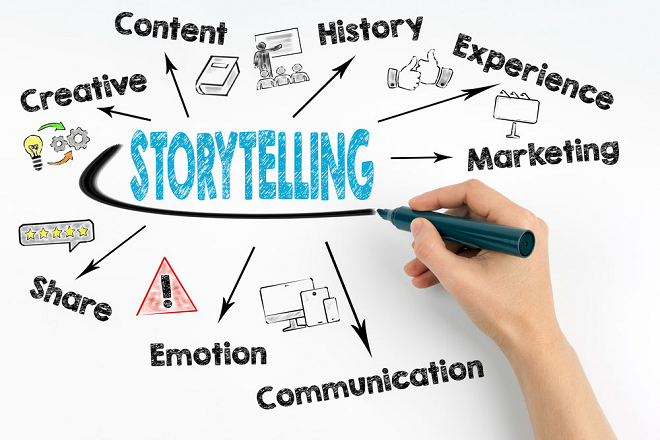Using animations can be a useful way of making presentations more engaging. When used correctly, animations help capture the audience’s attention, add value to the presentation and ensure your message is clearly understood. Yet, using too many animations can have the opposite effect and leave your audience feeling disengaged and overwhelmed. Here are five top tips to ensure that your animations make your presentation more successful and add real value to it.
Keep Animations To A Minimum

Whilst it may be tempting to add more animation to your presentation, adding too much can in fact be overwhelming. Rather than trying to use animation at every available opportunity, try to keep it to a minimum. Only use animation when you need to. This will help your presentation be more focused and will ensure that the impact of any animation that is used much more powerful.
Consider your content carefully and aim to only animate the most important content. The aim, ultimately, is to use animation to aid your message or to enhance the visual effect, not to detract from it.
Be Consistent
Consistent animations are essential. Rather than using a new type of animation on each page, consider using only two or three types and use these consistently throughout your presentation. Whilst there are many exciting animations available, you want to try to use the one which is most relevant and applicable to your content.
“Using too many different types of animation throughout the course of your presentation can become visually exhausting and cause your audience to completely disengage,” explains James Cormier, a business writer at Paper Fellows and OXEssays. “For this reason, you should think carefully about the impact your chosen animations have on your audience. It’s more effective to have your animations all entering from the same side consistently, helping your audience to stay focused, rather than causing them to get distracted and even miss the message altogether.”
Consider Timing And Pacing
Timing is an important factor where animations are concerned. If you don’t get the duration of the animations right, this could have a negative impact on the whole pacing of your presentation. Slow animations, although interesting and impressive at first, quickly become tedious if used repeatedly throughout the presentation. In general, you want to aim to have fast animations.
“Play around with the duration and timings of animations,” says Ashley Baldwin, a presentation coach at Essay Help and State Of Writing. “Once your presentation is complete, go through it again, but pay specific attention to your animations. Honestly assess whether the pacing and duration is correct and whether the animations are actually contributing to the content or not. Typically, you should aim for animations to have a timing of about 0.5 seconds. Save slower animations for when they are really needed and can make the biggest impact.”
Create A Story

Think about creating a storytelling experience for your audience. Find ways in which slides can connect to one another, creating a path for the audience to follow. An effective way to achieve this is to have connecting elements between each of the slides, so individual slides seem as though they are only pieces of a larger picture. However, you need to ensure that the elements in the slide, particularly if animated, move in the same direction as the transitions to make the effect work successfully.
Make Sure Information Is Clearly Understood
Above all, you need to ensure that your presentation and the subsequent animations that you use make the information being presented easy to understand. Consider how the audience might scan the slide for information and ensure that you add animation effects which help to highlight the important information. Use the animation as a lens to help guide the audience to specific details.
Conclusion
When using animations in your presentation, frequently check whether they are consistent and appropriate. Are the animations helping to present the information and get your message across or are they detracting from it? How are they impacting the pace of your presentation and are they helping to guide the audience or not? Fewer, carefully chosen and powerful animations, can have a bigger, more successful impact on your whole presentation.
Katherine Rundell is a presentation writer at Write My Paper and Dissertation Services. When not writing for Assignment Writer, Katherine works on her first novel.

